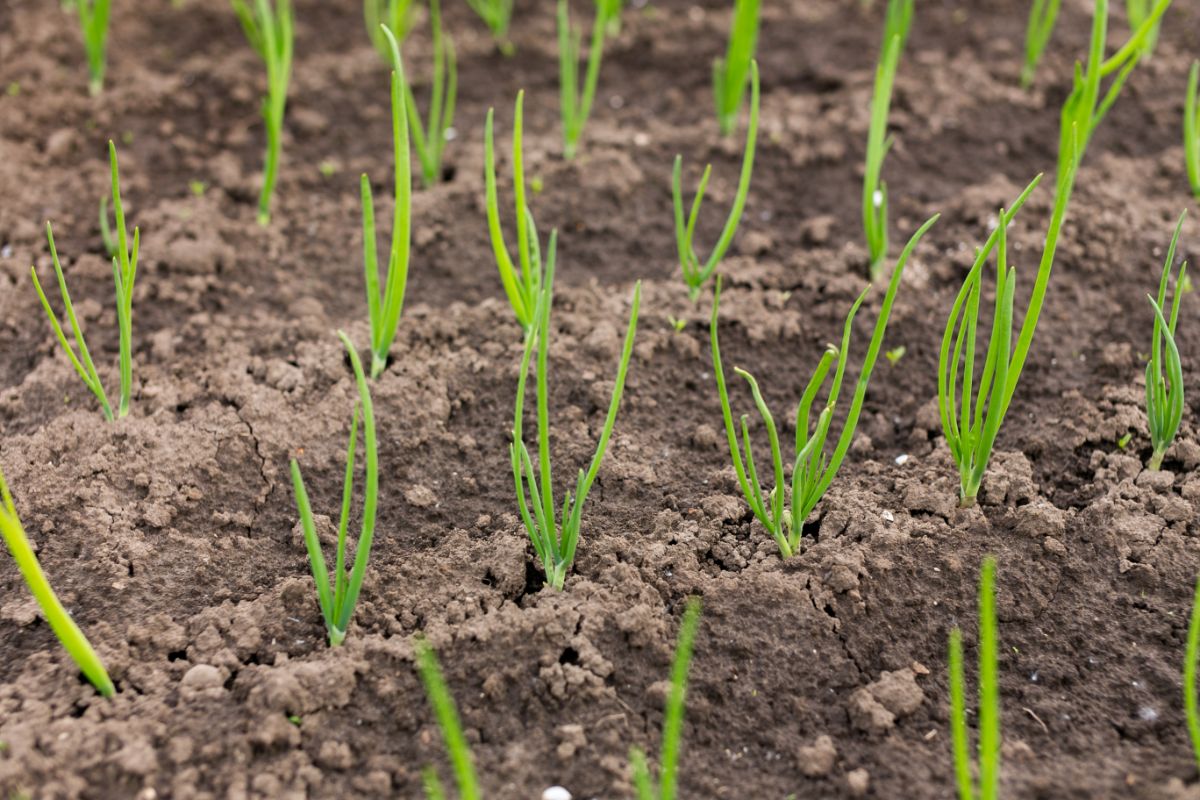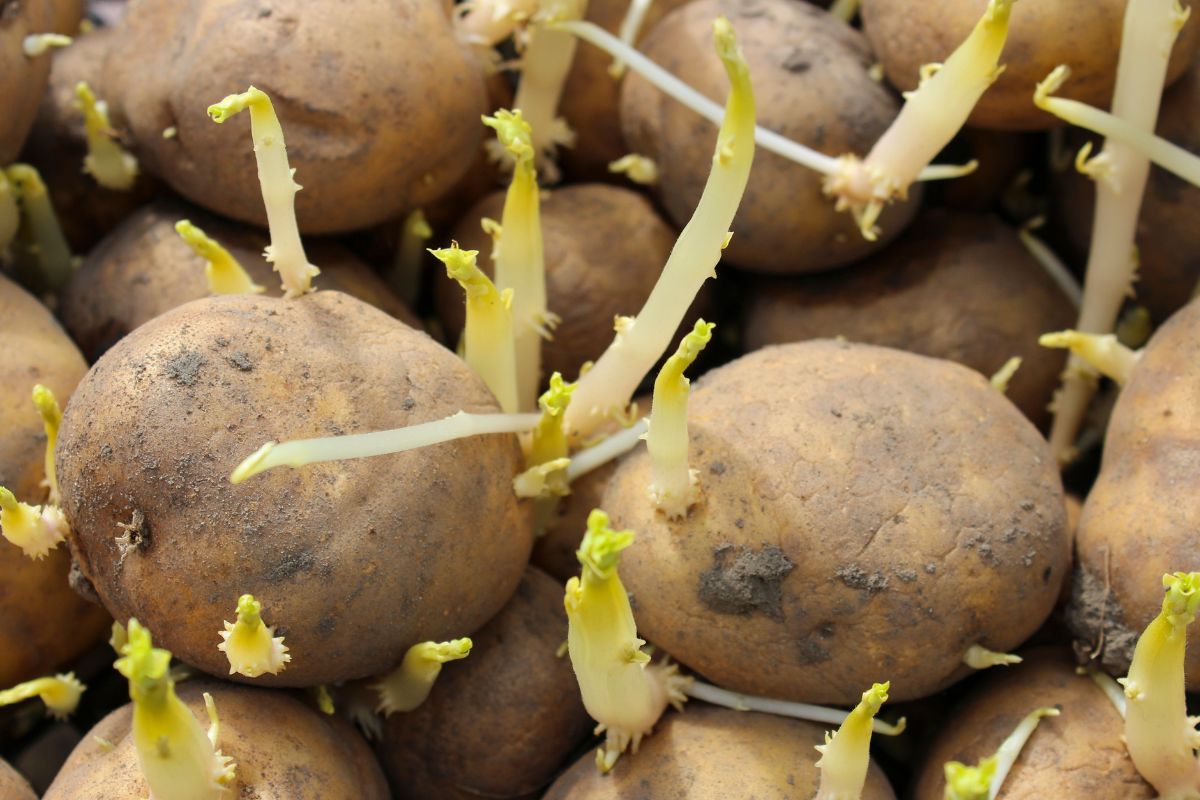Rosemary is a perennial herb known for its fragrance and delicious flavor.

It is one of the most popular culinary herbs worldwide, especially when it comes to seasoning meat dishes.
It also pairs perfectly with staple vegetables such as onions, carrots, and potatoes.
However, rosemary is not a cheap herb, which is why many people choose to grow their own rosemary.
Growing rosemary from cuttings, otherwise known as propagating rosemary, is an inexpensive and fairly easy way to maintain a supply of this delicious herb for all your cooking needs.
It’s a faster alternative to growing rosemary from seeds and it means that you still get the satisfaction of having grown the herb yourself instead of purchasing it.
This is a guide to propagating rosemary from cuttings, including a list of everything you’ll need for this exciting new venture!
What You Need To Grow Rosemary From Cuttings
Before you can start propagating rosemary, you’ll need to collect the right tools and utensils.
In order to propagate rosemary from cuttings, you will need:
- A well-draining plant pot measuring approximately 3 inches in diameter
- A cutting tool (ideally, pruning scissors)
- Some water
- A rooting hormone (this item is optional)
Propagating Rosemary From Cuttings
As you can see, you don’t need many tools to propagate rosemary, so getting ready to do so shouldn’t take long.
Once you have everything you need, you can go ahead and follow these simple steps to grow your own rosemary from cuttings.
1. Find Some Rosemary
In order to obtain rosemary cuttings, you will need to find some rosemary to act as the mother plant.
You can either buy rosemary from a grocery store or, if you’re already growing your own rosemary, simply cut a sprig from your garden.
Make sure that the sprig of rosemary you choose is non-flowering and healthy. The ideal length of a rosemary sprig for propagation is between 4 and 6 inches.
If possible, try to harvest your rosemary sprig during the colder weather.
While we would ideally recommend using fresh rosemary that you have grown yourself, don’t worry if all you have available is store-bought rosemary.
You will still be able to propagate cuttings from one of these sprigs without any problems.
2. Remove Bottom 2 Inches Of Leaves
The first thing you will need to do is remove the leaves from the bottom 2 inches of your chosen sprig of rosemary.
You can do this using a small pair of pruning shears. You can also use sharp scissors or a sharp knife.
It’s important to leave the bottom of the stem bare for propagation because this is where your roots will grow.
If possible, cut the base of the sprig at a 45-degree angle.
This will allow nutrients from the soil to penetrate the sprig more easily, leading to faster and healthier growth.
3. Use A Growth Hormone
This step is optional, so if you don’t have any growth hormone available and want to start the propagation process immediately, don’t worry – you can go straight to step 4.
However, using a growth hormone is one of the best ways to ensure success when it comes to propagating rosemary from cuttings.
This is because it helps the plant to establish strong roots for better grounding and nutrient absorption.
With that being said, there are some drawbacks to using growth hormones for edible plants, one of which is that most hormones require you to wait a year after use before consuming the plant.
If you don’t want to wait that long, we recommend skipping this step and using the traditional root-growing method outlined in step 4.
4. Establish A Root Structure
Establishing a root structure without the use of a growth hormone means waiting about 3 to 4 weeks before you can plant your rosemary, but it will mean you don’t have to wait a year before you can use your home-grown rosemary in your cooking.
At this point, the bottom 2 inches of your rosemary sprig’s stem should be exposed because you will have removed all the leaves.
Putting cuttings in water is the best way to encourage root growth, so all you need to do now is submerge those 2 inches in a glass of water.
Root growth should be visible from the stem in a few weeks. Once the roots have matured, you will be able to plant your rosemary.
Use a small pot at first, but as plants grow, they should be transferred to larger containers.
5. Wait For Growth
Having planted your rosemary sprig, you will now just need to wait for it to grow!
This waiting period before you see any real signs of growth can take between 6 and 8 weeks.
The best way to speed up the growing process is to keep the rosemary in the right kind of environment.
Your growing area should be warm and humid. It should not get too cold as this could lead to stunted growth.
You can put a plastic bag over your rosemary plants to act as a kind of makeshift greenhouse if you don’t live in an area that is prone to warmth or humidity.
6. Tend To Your Plant
Rosemary plants are quite hardy compared to other types of herbs, but once you have planted your rosemary cuttings, you will need to do some basic maintenance to keep the plants healthy.
Like most plants, rosemary needs plenty of water and sunlight, although you should take care not to overwater the plant.
Keeping the uppermost layer of soil moist is a good rule of thumb.
If you have been watering your rosemary correctly and exposing it to the right amount of sunlight, but you notice that some of the leaves are becoming discolored and wilting, it may be a case of transplant shock.
Trim away the dead and dying leaves to make room for more healthy leaves to grow.
Final Thoughts
Rosemary is a wonderful herb and rosemary plants are fairly easy to grow, so if you follow all of the steps outlined above, you should have no problem starting your own herb garden through the method of propagation.
Growing rosemary plants from cuttings is the perfect way to save on seasoning costs when it comes to your cooking while practicing your gardening skills!
- Pull Sprouts: 1 Potato Peel, 200 Plants - July 7, 2022
- Creeping Thyme: Flowering Herb And Ground Cover - July 7, 2022
- East meets Midwest in the garden of Linda Brazill and Mark Golbach, Part 1 - July 7, 2022







